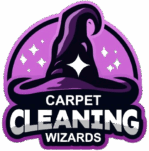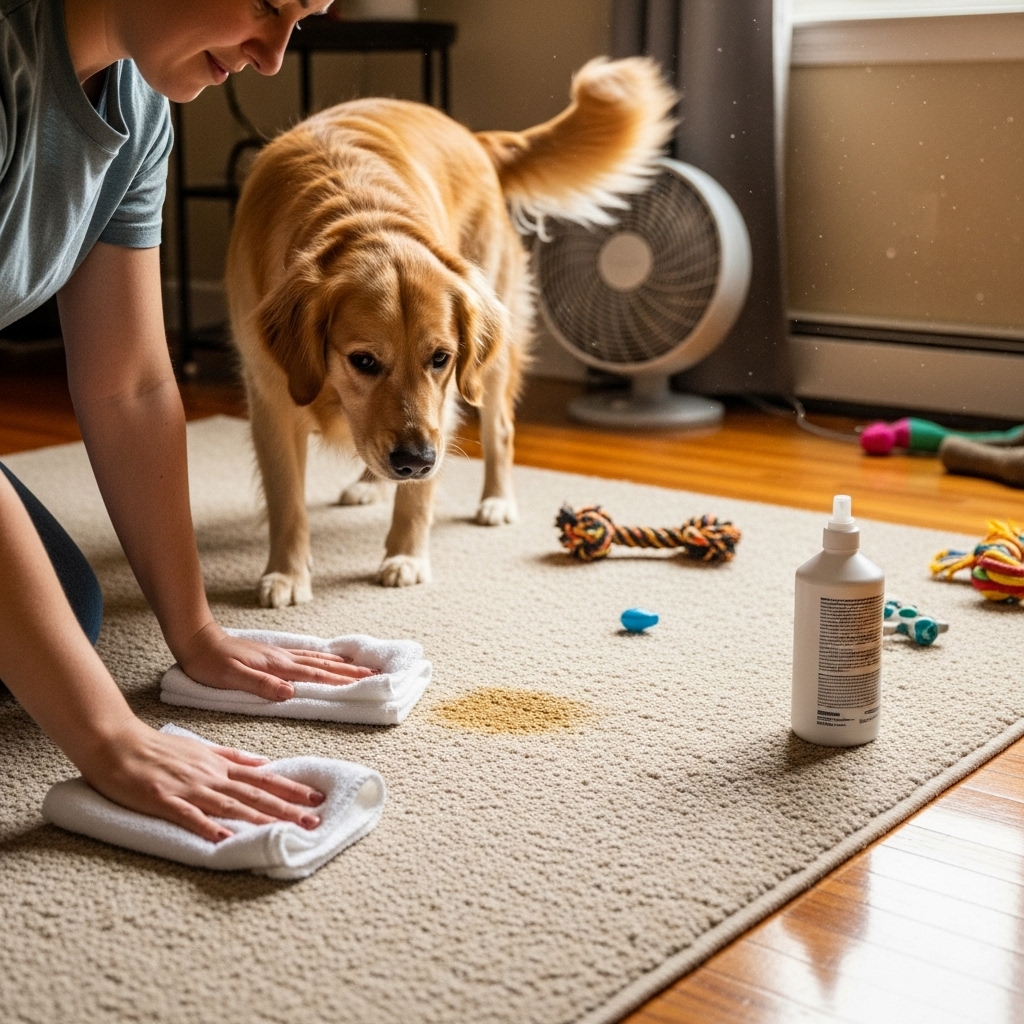Life with Pets and Lovable Rugs in Elizabeth, New Jersey
Dogs racing in from a rainy day at Warinanco Park, cats kneading favorite corners, and the occasional puppy accident are part of everyday life for pet families in Elizabeth, New Jersey. Rugs make these homes cozy, but they also collect fur, dander, and odors faster than in pet-free spaces. A smart approach to rug cleaning protects fibers, preserves color, and keeps the air in your home fresher for everyone, including your four-legged family members.
This guide focuses on pet-specific problems, from urine and vomit to muddy paws and shedding. You will learn how to respond immediately to accidents, choose safe products for animals and fibers, and create weekly and seasonal routines that prevent long-term damage. With these tips, your living spaces will stay welcoming even during training phases and wet-weather sprints.
Understand the Challenge: Pet Soils and Fiber Sensitivities
Pet accidents are chemically complex. Urine starts off acidic and turns alkaline as it dries, creating conditions that can shift dyes, weaken cotton foundations, and cause persistent odor. Vomit contains acids that may etch dyes or leave yellowing if not neutralized promptly. Saliva and body oils bond with fine dust to form clingy films along traffic lanes and nap lines.
Fiber type matters. Wool buffers pH and resists some soiling, but it can felt with over-agitation and shrink with high heat. Nylon is resilient but can absorb dyes from spilled materials. Polyester and olefin shed water-based spills relatively well but hold onto oils. Viscose and bamboo silk are extremely delicate; excess moisture and scrubbing can distort fibers and create permanent sheen changes.
Immediate Action Plan for Accidents
Respond quickly. Blot liquids with clean, white towels to pull out as much as possible before it dries. Do not rub; friction drives contaminants deeper and distorts pile. For urine, after dry blotting, apply a small amount of cool water to dilute, then blot again. Follow with a mild, fiber-safe acidic rinse to counter alkalinity as it dries. Always test in an inconspicuous area first.
For vomit, remove solids carefully with a spoon, then treat the area with a mild solution designed for protein and acid residues. Keep moisture controlled; saturation can push contaminants into backing and subflooring. Finish by blot-rinsing with lightly damp towels to remove cleaner residue, then accelerate drying with fans.
Odor control begins at the source. Masking sprays rarely solve the problem and may leave sticky residues that attract more soil. Focus on thorough removal and fast drying. If the backing or pad beneath an area rug is affected, separate the rug from the floor, treat both surfaces, and dry completely to prevent recurring smells.
Managing Fur, Dander, and Litter Tracking
Shed cycles and daily movement add up. Vacuum several times a week with a sealed HEPA machine to capture fine dander and pollen that rides in on fur. Use the appropriate setting for your rug: gentle suction for wool and delicate weaves, standard for sturdier synthetics. Vacuum both sides of small rugs periodically to release embedded hair and dust from the foundation.
Place washable mats near litter boxes and main doors. A short pile texture helps grab granules and grit before they reach your rugs. Keep nails trimmed to reduce snags, and provide scratching posts to protect edges and fringes that felines find irresistible.
Safe Cleaning Chemistry for Pet-Friendly Homes
Choose products labeled safe for your fiber type and appropriate for households with animals. Avoid high-pH cleaners on wool and delicate blends. Spot treatments should be low residue; anything left behind becomes a soil magnet. For general freshness, rely on proper cleaning rather than heavy perfumes. If you prefer a mild scent, choose a product with light, non-irritating fragrance and use sparingly.
Always perform a colorfastness test. Press a white cloth dampened with cool water against the rug for 10 seconds. If color transfers, postpone wet cleaning and consider professional help. Keep pets away from damp rugs until fully dry to prevent tracking and to protect paws from any lingering solutions.
Deep Cleaning with Pets in Mind
Plan a thorough cleaning one to three times per year, depending on pet activity and accidents. Pre-vacuum carefully to remove fur and grit. Treat known accident zones with appropriate solutions, then proceed with a gentle wash using a fiber-safe cleaner. Rinse well and dry quickly. Rapid drying is your best friend for odor control and dimensional stability, especially on wool and cotton foundations.
If you notice recurring urine odor after DIY cleaning, contaminants may have penetrated to the backing or pad. In that case, a controlled bath and forced drying in a professional facility may be necessary to fully remove odor sources.
Protecting Floors and Maintaining Indoor Air Quality
Place a high-quality rug pad that is compatible with your flooring. Pads provide airflow, reduce slippage during pet playtime, and prevent moisture from lingering against hardwood. Replace or sanitize pads if they become contaminated after accidents.
Keep air moving during and after cleaning. Use fans and, on dry days in Elizabeth, open windows briefly to exchange air. A HEPA vacuum and a clean HVAC filter support improved indoor air quality, reducing allergen load for animals and humans alike.
Training, Boundaries, and Practical Habits
Consistent training shortens the accident curve. Use baby gates to limit access during the learning phase, and place washable runners in transition zones like backdoor entries and hallways. Reward outdoor success and keep a small cleaning kit—white towels, a pet-safe spotter, and a neutralizer—ready for rapid response.
Mid-Article Reminder for Busy Pet Families
When stains seem to reappear or odors linger despite your best efforts, professional rug cleaning brings controlled washing, odor decontamination, and fast drying that protect dyes and textures. It is especially helpful for wool, hand-knotted rugs, or rugs with multiple accident zones.
Special Attention to Fringes and Edges
Fringes attract chewing and play. Keep them tidy by vacuuming with a hose tool and avoiding the beater bar. If edges curl or stitching loosens, address repairs promptly to stop small issues from becoming structural problems. A little maintenance goes a long way when pets are energetic and curious.
Frequently Asked Questions
Q: How fast should I respond to a pet accident? A: Immediately. Blot liquids right away and treat within minutes to reduce staining and odor.
Q: Can I use hydrogen peroxide on urine stains? A: Low concentrations may lighten dyes and should be used with great caution. Test thoroughly or avoid unless directed by a professional.
Q: Why do stains return after I clean them? A: Wicking draws residues from deeper layers to the surface as the rug dries. Use controlled moisture, thorough blotting, and rapid drying to reduce wicking.
Q: How do I remove wet-dog smell from a rug? A: Clean with a fiber-safe detergent, rinse completely, and dry quickly with strong airflow. Odor usually dissipates when oils and residues are truly removed.
Q: Are enzyme cleaners safe for wool? A: Some are formulated for wool, but many are not. Read labels carefully and test first. When in doubt, consult a professional.
Q: Should I avoid steam on rugs with pets? A: High heat can set stains and damage delicate fibers. Use moderate temperatures and gentle chemistry compatible with your rug type.
Q: What if my cat keeps targeting the same spot? A: Thorough odor removal is essential. If even a trace remains, pets may revisit the area. Clean deeply and consider behavior adjustments like moving feeding stations or adding litter boxes.
Make Your Home Fresher for People and Pets
If you are juggling training, shedding, and surprise messes, you do not have to face it alone. A local team can evaluate fiber type, pinpoint hidden odor sources, and wash rugs in a controlled setting that protects colors and textures while removing stubborn smells. For long-lasting freshness that fits busy pet households in Elizabeth, schedule professional rug cleaning and enjoy softer fibers, cleaner air, and fewer worries after every wag and purr.

